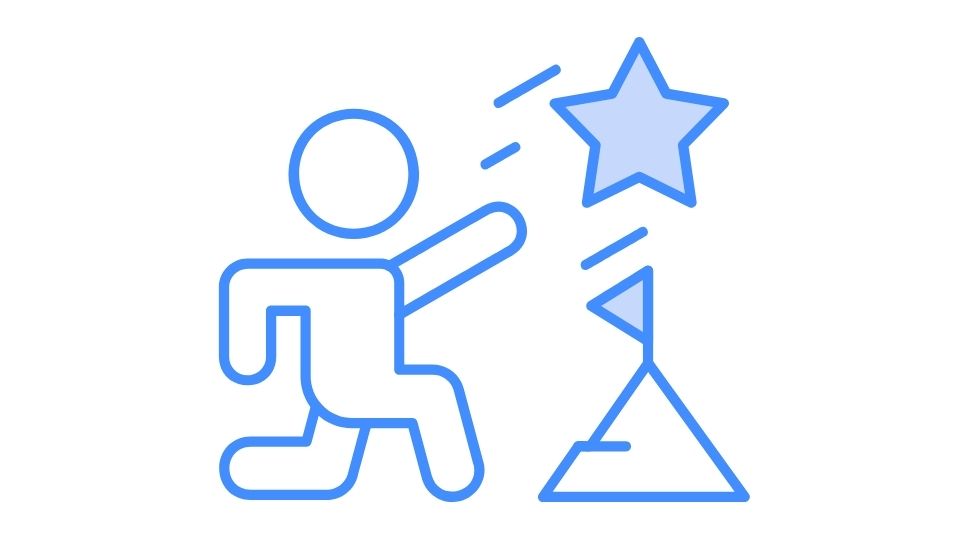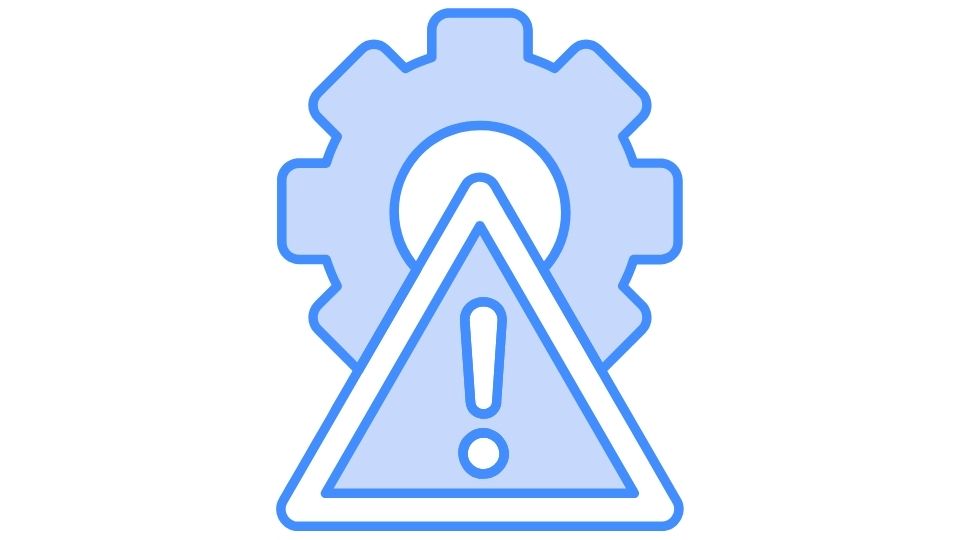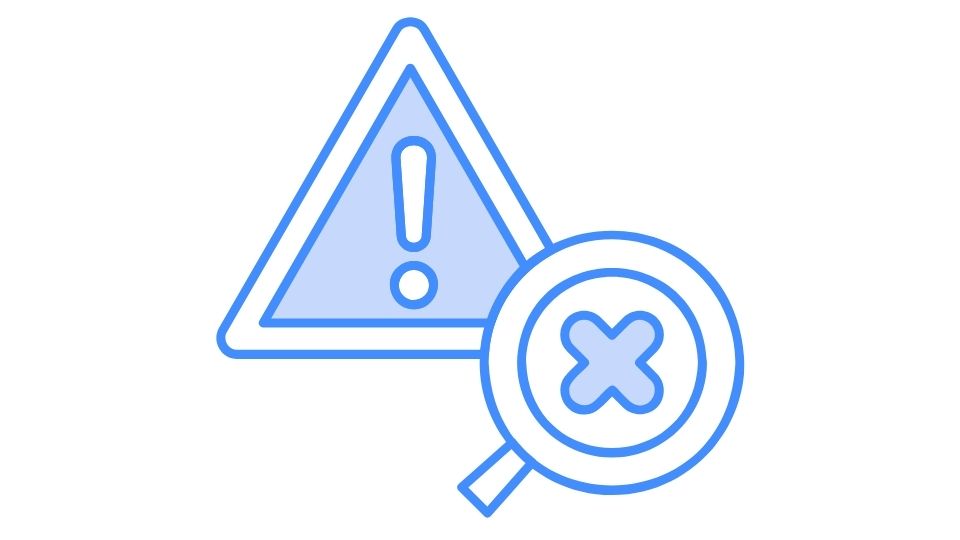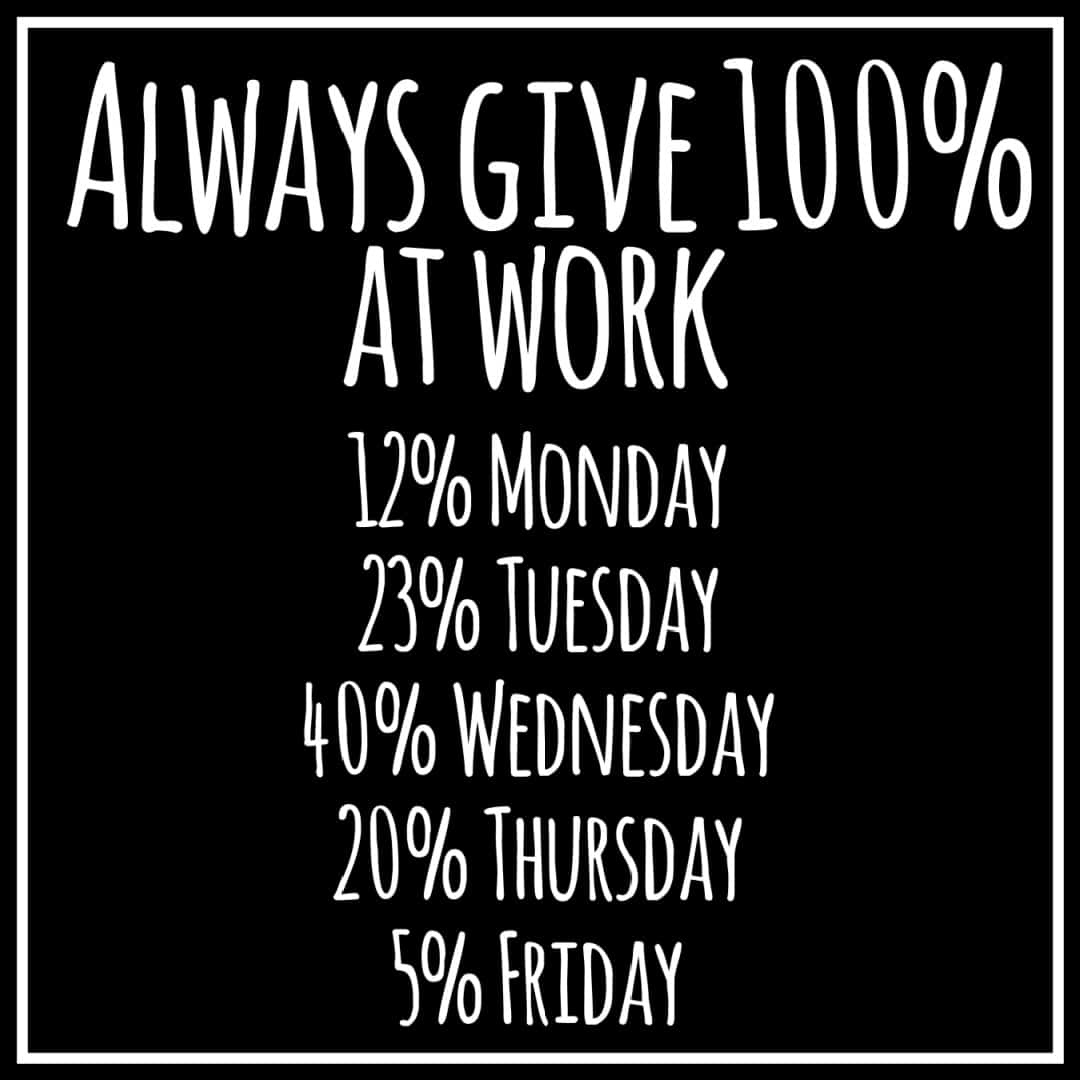How to Politely Decline a Job Interview (Without Burning Bridges)

Ever have that awkward moment when a company wants to interview you, but you’re just not interested?
Maybe you already accepted another offer. Maybe the company culture makes you cringe. Or maybe that 3-hour commute just isn’t worth the free snacks.
Whatever the reason, declining an interview can feel super uncomfortable. But it doesn’t have to be!
I’m going to walk you through exactly how to say “thanks but no thanks” in a way that keeps doors open and doesn’t burn bridges. Because let’s be real – the business world is smaller than you think, and that recruiter you ghost today might be working at your dream company tomorrow.
How to Decline a Job Interview Without Looking Like a Jerk
Step 1: Make Sure You Actually Want to Decline

Before you hit send on that “no thanks” email, take a minute to really think about why you’re saying no.
Is it because:
- You got a better offer (congrats!)
- The salary range is way too low
- The company values don’t align with yours
- The role isn’t what you thought it was
Don’t rush this decision. A quick coffee chat interview might surprise you, and sometimes the best opportunities come from places you least expect.
But if you’re genuinely not interested, that’s totally fine! Your time is valuable, and so is the interviewer’s. Better to bow out gracefully than waste everyone’s time.
Step 2: Reply Quickly (But Not Too Quickly)
When you know you’re going to decline, don’t sit on it for days. That’s just rude.
Aim to respond within 24-48 hours of receiving the interview request. This shows respect for the recruiter’s time while also giving you enough space to make sure you’re making the right call.
According to research from Indeed, 72% of hiring managers appreciate when candidates decline promptly rather than ghosting or canceling last-minute.
Step 3: Craft Your Response
Your decline email doesn’t need to be a novel, but it should include these key elements:
- A clear thank you for the opportunity
- An explicit statement that you’re declining
- A brief reason (optional but nice)
- A door-opener for future opportunities if you’re interested
Here’s a template you can use:
Subject: Interview for [Position] at [Company]
Hi [Recruiter's Name],
Thank you so much for considering me for the [Position] role and for the interview invitation. I really appreciate the opportunity.
After careful consideration, I've decided to withdraw my application at this time. [Optional brief reason - e.g., "I've accepted another position that aligns closely with my career goals" or "I'm focusing on roles that offer more flexibility."]
I've been impressed with [Company]'s work in [something specific you admire], and I'd welcome the chance to stay connected for future opportunities that might be a better fit.
Thank you again for your time and consideration.
Best regards,
[Your Name]
What I love about this approach is that it’s honest without oversharing. You’re being direct and respectful while leaving the door cracked open for the future.
Step 4: Special Situations Handled with Care

If they’ve already invested time in you
If you’ve already had a phone screen or you’re farther along in the process, show a little extra appreciation for the time they’ve invested:
“I especially appreciate the time you’ve taken to share details about the role and team culture during our initial conversation.”
If you want to recommend someone else
This is a power move that builds goodwill:
“While this opportunity isn’t the right fit for me right now, I know someone with excellent qualifications who might be perfect for this role. Would you be open to me connecting you two?”
According to a survey by LinkedIn, referred candidates are 4x more likely to be hired than non-referred candidates. Recruiters love this!
If you might be interested later
Sometimes the timing is just off. Maybe you’re in the middle of a big project or personal transition:
“While I’m not able to pursue new opportunities at the moment, I’d be very interested in reconnecting in [timeframe] when my situation changes.”
Step 5: Don’t Ghost or Lie

Ghosting is career suicide. According to a report from Robert Half, 77% of hiring managers say they’d blacklist candidates who ghost them.
The business world runs on relationships, and your reputation matters more than you might think. A simple, honest decline is always better than disappearing.
Also, don’t make up elaborate lies. You never know when paths might cross again, and getting caught in a lie is way worse than just politely declining.
Step 6: Follow Up on LinkedIn (Optional)

If you genuinely liked the recruiter or are interested in the company for the future, connecting on LinkedIn after declining can be a nice touch.
A simple message like:
“Thanks again for considering me for the [Position] role. While the timing wasn’t right, I’d love to stay connected for future opportunities.”
This keeps the relationship warm and shows you’re professional even when turning down opportunities. According to Jobvite’s Recruiter Nation Survey, 87% of recruiters use LinkedIn to vet candidates during the hiring process.
In Summary
Declining an interview doesn’t have to be awkward or career-limiting. With a little thoughtfulness and professionalism, you can say “no thanks” while keeping doors open for the future.
Remember:
- Decide if you really want to decline
- Respond promptly (within 1-2 days)
- Be thankful, clear, and brief
- Never ghost
- Keep the relationship warm if you’re interested in future opportunities
The best part? You’ll build a reputation as someone who values others’ time and communicates professionally – qualities that will serve you well throughout your career.
So next time you need to decline an interview, take a deep breath and remember: it’s not about saying no to this opportunity, it’s about making space for the right one.

